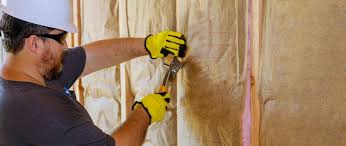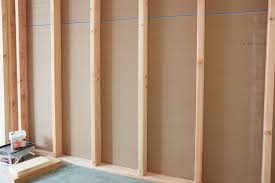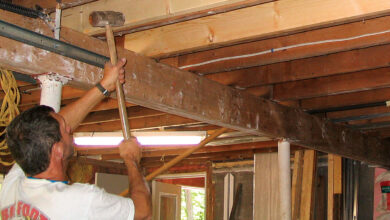How to Insulate Your House from the Heat in Georgia

Step 2: Use High-Quality Wall Insulation
Walls are a major heat transfer point. If your home’s walls aren’t properly insulated, outdoor heat will easily penetrate inside.
Recommended Wall Insulation
-
Spray Foam: Offers excellent air sealing and insulation but can be pricey.
-
Fiberglass Batts: Commonly used in stud cavities, affordable and effective if installed correctly.
-
Rigid Foam Panels: Great for insulating exterior walls, especially during new construction or remodeling.
Step 3: Seal Windows and Doors
Windows and doors are notorious for allowing hot air inside and cool air to escape. Proper sealing reduces these leaks:
-
Weatherstripping: Apply around doors and operable windows to seal gaps.
-
Caulking: Seal cracks around window frames and door jambs.
-
Upgrade to Energy-Efficient Windows: Consider double-pane, low-E coated windows that reflect infrared heat and reduce UV rays.
Step 4: Choose Reflective Roofing Materials
Your roof absorbs much of the sun’s heat. Using reflective roofing materials, also known as “cool roofs,” can reduce heat absorption.
-
Light-colored or reflective shingles
-
Metal roofing with reflective coatings
-
Tile roofs with reflective surfaces
These materials reflect more sunlight and absorb less heat, keeping your home cooler.



